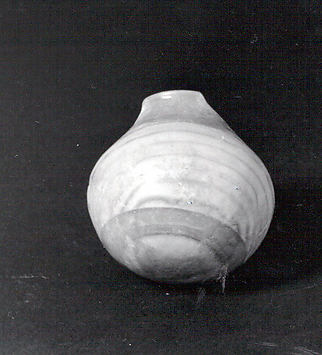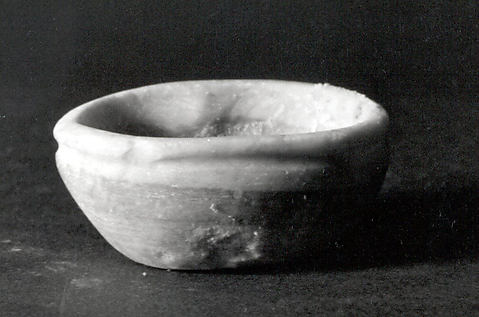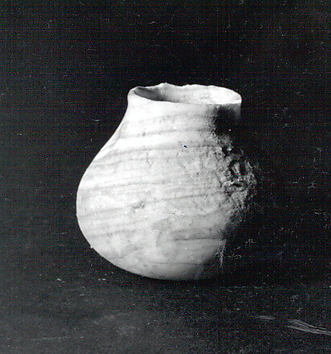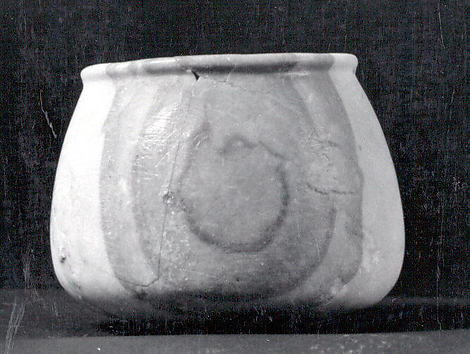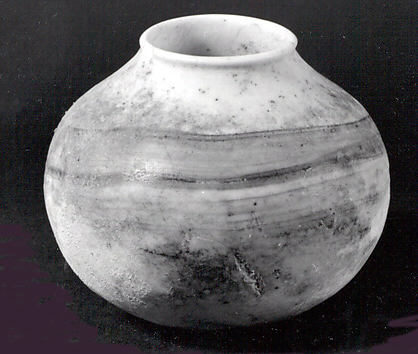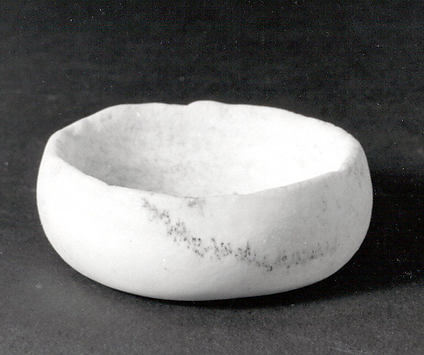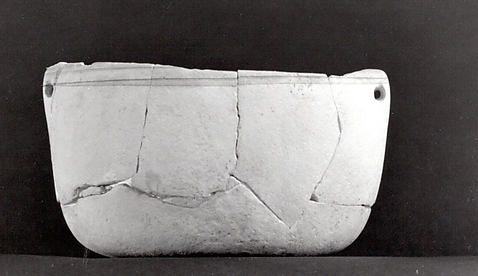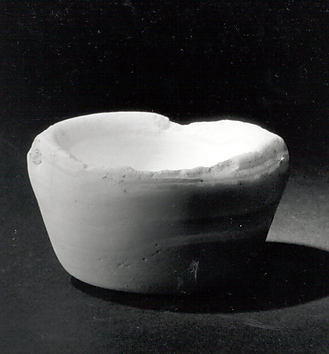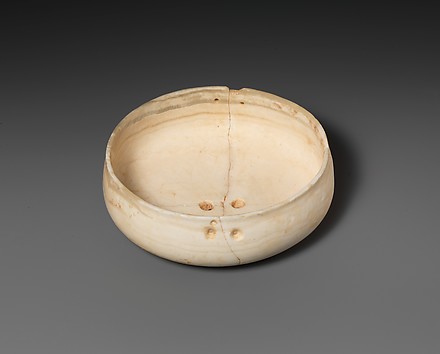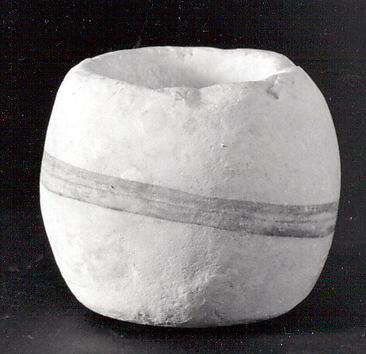The city of Raqqa, situated on the Euphrates River in present-day Syria, had its first Islamic flowering in the late eighteenth century, when it was the residence of the legendary Abbasid caliph Harun al-Rashid. It experienced a resurgence during the late twelfth and early thirteenth centuries, but was destroyed in 1265. Little is mentioned about Raqqa in Muslim sources after its medieval renaissance, but interest in the city was kindled in the West at the end of the nineteenth century, when curiosity about the Islamic world was inspired by travel to the Middle East and by the vast travel literature that it spawned. Interest was also fueled by the translation into French and English of the Arabic literary classic The Thousand and One Nights, in which Harun al-Rashid was a central character. As this collection of stories was becoming a best seller in the West, ceramic objects were being brought out from Raqqa that dealers and auction houses were connecting to this very caliph, and a buying spree for the ware ensued. Among the wealthy collectors who developed a passion for these objects were two important donors to The Metropolitan Museum of Art, Louisine and Horace Havemeyer, and eventually a large number of ceramic objects from their collection were given to the Museum, helping to make the Metropolitan's holdings of this ware the world's most important. What follows in these pages is the often mesmerizing chronicle of ceramic objects unearthed in Raqqa in the first quarter of the twentieth century. Marilyn Jenkins-Madina, Curator Emerita of Islamic Art at the Metropolitan Museum, describes the dramatic journey of these ceramics from their discovery in the medieval city to the emporiums of Paris and New York, the drawing rooms of the great collectors, and the galleries of the Metropolitan Museum. Using art-historical detective work, archival documents, and scientific data, the author convincingly establishes provenance and dating, placing these objects—some of the most exquisite ever produced by Islamic potters—in a secure historical context for the first time.







